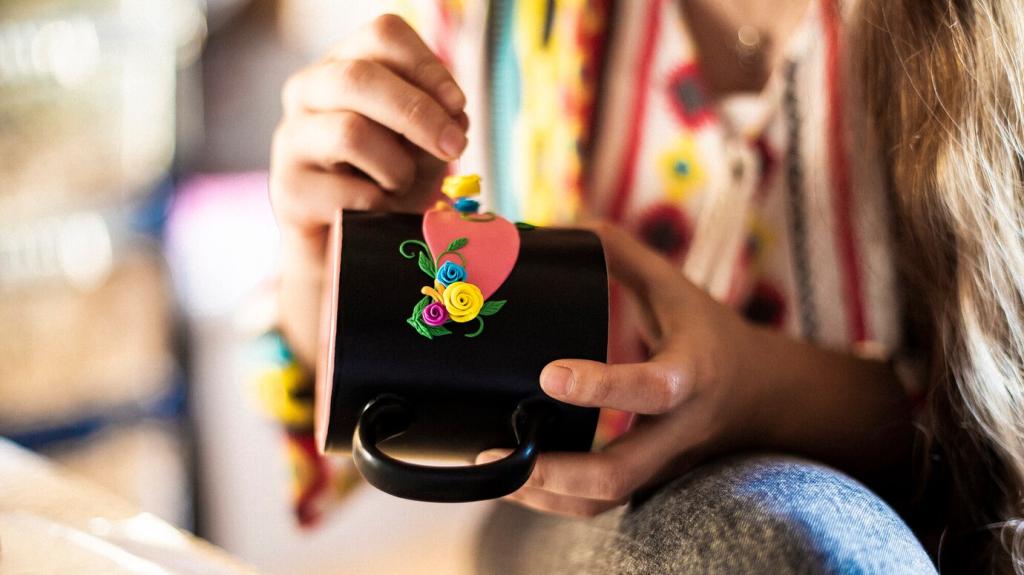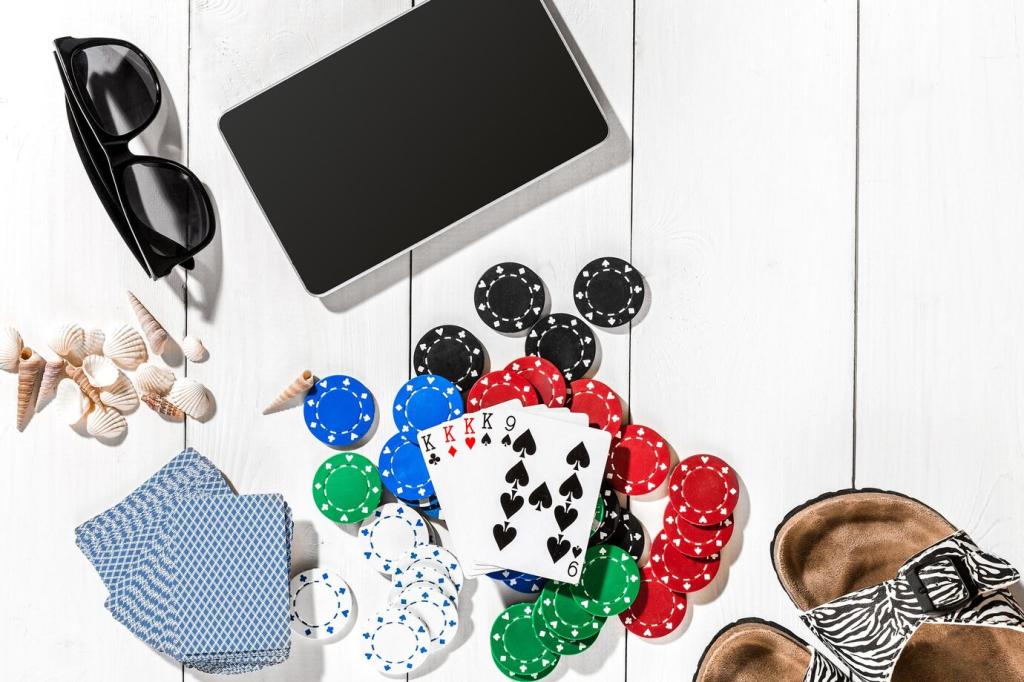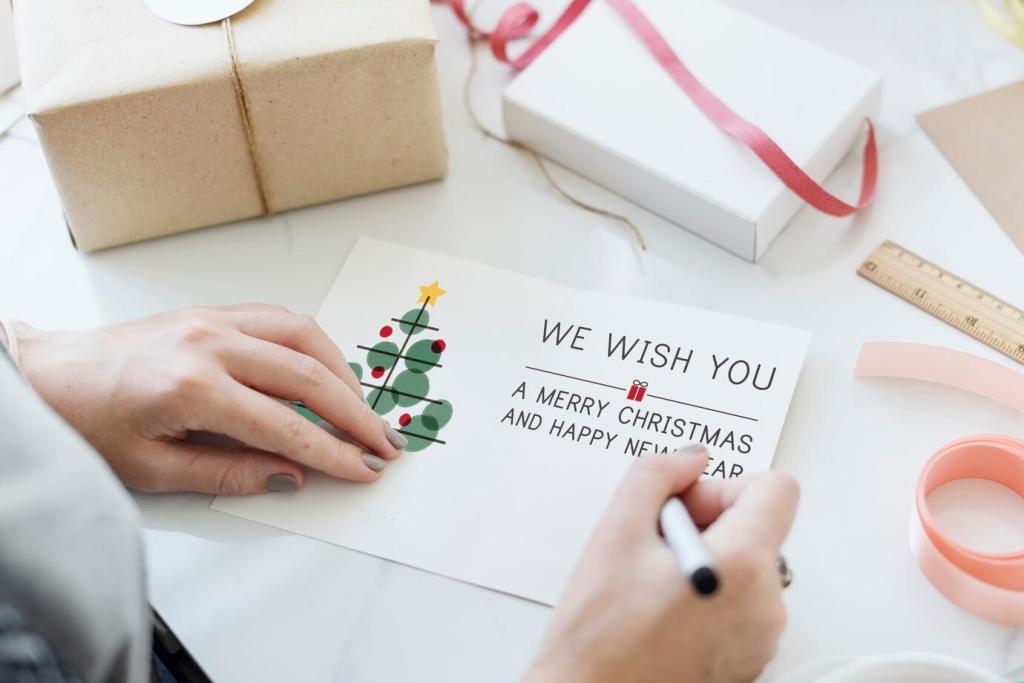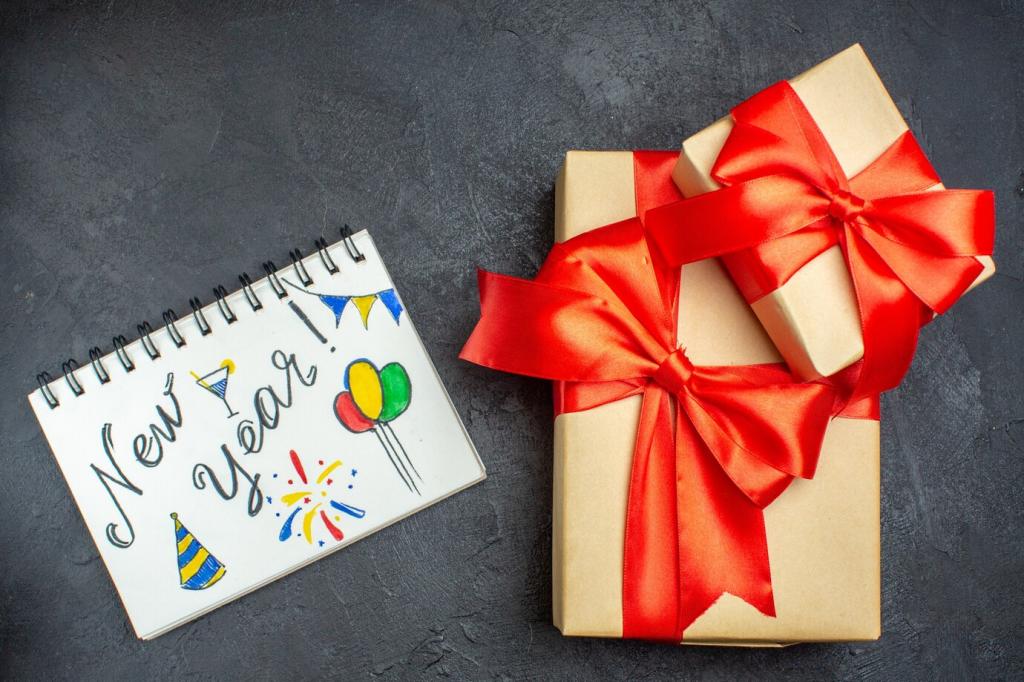Custom Monopoly Board Design Ideas That Feel Wonderfully Yours
Begin With Your Story: Designing a Board Around Meaning
01
Memory Mapping Session
Sketch a simple timeline of favorite moments, inside jokes, and milestone places. Group them into themes, then match each theme to a property set. This ensures your board feels cohesive, emotionally resonant, and playfully recognizable to everyone who sits down.
02
Interview Your Players
Ask future players about their highest highs, quirkiest mishaps, and places they never forget. Collect phrases they actually use, then weave them into property names and cards. Engagement begins here—invite friends to comment with ideas you might have missed.
03
A Graduation Gift Case Study
We created a board for a graduate where dark blues were late-night study halls and greens were favorite campus cafés. Railroads became internships, Community Chest became mentorship tips. It played beautifully because every square unlocked a cherished story worth retelling.

Divide the board into distinct thematic quarters—childhood, journeys, work, and future dreams—anchored by meaningful corner squares. This structure helps newcomers read the board’s story instantly while maintaining the familiar cadence of building, renting, and advancing.

Replace railroads with metro lines, starships, hiking routes, or favorite bus lines, keeping the same set behavior. Players feel the theme immediately, yet gameplay balance remains intact. Ask readers which transit idea fits your theme best and gather quick votes.

Add optional side paths that skip ahead at a cost, like paying memories or tokens. Keep them consistent, clearly marked, and fair. Side paths create delightful decisions, but always test with friends and collect comments before locking the design.
Property Names and Sets: From In-Jokes to Iconic Places
Group properties by a shared logic: neighborhood blocks, favorite cafés, world capitals, or legendary team projects. Cohesion makes color sets intuitive and helps players bond with your theme. Share your top three set concepts and invite readers to pick their favorite.

Choose a palette that matches mood and meaning: warm nostalgia, cool metropolitan, or bold celebratory tones. Keep contrast high for legibility. Use color to subtly signal property difficulty, guiding newcomers with visual cues they instantly understand.
Visual Identity: Color Palettes, Type, and Texture

Write Prompts in Your Voice
Replace generic lines with situations your group recognizes—missed flights, surprise promotions, spontaneous picnics. Use consistent tone and active verbs. Encourage friends to submit scenarios, then vote on which ones reliably earn laughs around the table.

Balance Surprises and Setbacks
Mix gentle boosts with funny stumbles so players never spiral. Track average gains across cards to maintain fairness. After two tests, tweak extremes. Invite readers to review your deck list and suggest swaps for smoother pacing.

Make It Printable and Shareable
Design cards in a standard template for easy printing and sleeving. Offer a share link so others can remix responsibly. Ask subscribers to post photos of their first playthroughs and tag standout moments your deck inspired.
